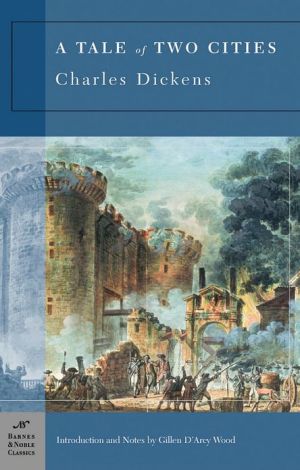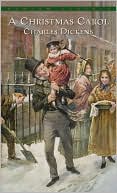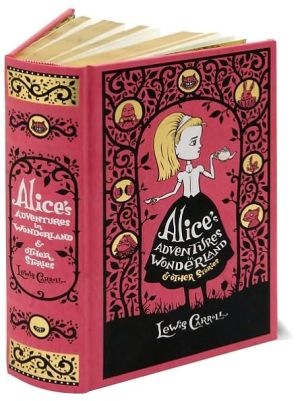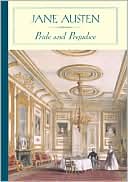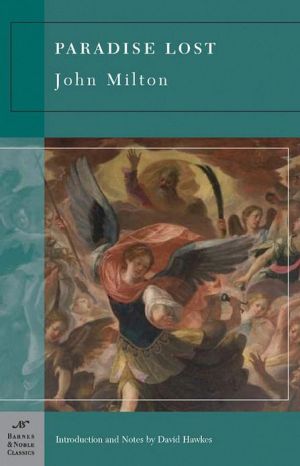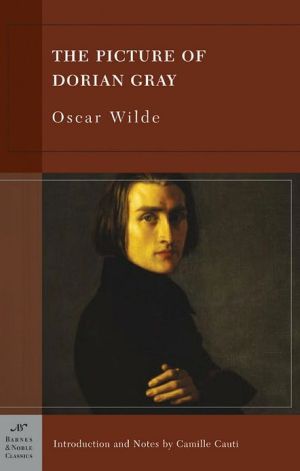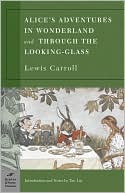A Tale of Two Cities (Barnes & Noble Classics Series)
A Tale of Two Cities, by Charles Dickens, is part of the Barnes & Noble Classics series, which offers quality editions at affordable prices to the student and the general reader, including new scholarship, thoughtful design, and pages of carefully crafted extras. Here are some of the remarkable features of Barnes & Noble Classics:\ \ New introductions commissioned from today's top writers and scholars\ Biographies of the authors\ Chronologies of contemporary historical, biographical,...
Search in google:
A Tale of Two Cities, by Charles Dickens, is part of the Barnes & Noble Classics series, which offers quality editions at affordable prices to the student and the general reader, including new scholarship, thoughtful design, and pages of carefully crafted extras. Here are some of the remarkable features of Barnes & Noble Classics: New introductions commissioned from today's top writers and scholars Biographies of the authors Chronologies of contemporary historical, biographical, and cultural events Footnotes and endnotes Selective discussions of imitations, parodies, poems, books, plays, paintings, operas, statuary, and films inspired by the work Comments by other famous authors Study questions to challenge the reader's viewpoints and expectations Bibliographies for further reading Indices & Glossaries, when appropriateAll editions are beautifully designed and are printed to superior specifications; some include illustrations of historical interest. Barnes & Noble Classics pulls together a constellation of influences—biographical, historical, and literary—to enrich each reader's understanding of these enduring works. “It was the best of times, it was the worst of times . . .” With these famous words, Charles Dickens plunges the reader into one of history’s most explosive eras—the French Revolution. From the storming of the Bastille to the relentless drop of the guillotine, Dickens vividly captures the terror and upheaval of that tumultuous period. At the center is the novel’s hero, Sydney Carton, a lazy, alcoholic attorney who, inspired by a woman, makes the supreme sacrifice on the bloodstained streets of Paris. One of Dickens’s most exciting novels, A Tale of Two Cities is a stirring classic of love, revenge, and resurrection. Gillen D’Arcy Wood received his Ph.D in English from Columbia University in 2000 and is currently an assistant professor at the University of Illinois, Urbana-Champaign. He is the author of The Shock of the Real: Romanticism and Visual Culture, 1760–1860.
From Gillen D'Arcy Wood's Introduction to A Tale of Two Cities\ When Dickens expressed to A. H. Layard his fear of revolution in Britain in 1855, he only echoed many dozens of commentators over the preceding six decades, who wondered why mob violence could not simply cross the English Channel and turn the streets of London into a bloodbath of class retribution. The textbook historian's answer points to the bloodless coup of 1688, the so-called Glorious Revolution, which saw the tyrant James II forced into exile, and William and Mary inaugurate a form of managerial rule in Britain, a constitutional, "mixed" monarchy where many absolute powers of the Crown were ceded to Parliament. With the consolidation of that legislative body, however unrepresentative, Britain's nobility insured itself against the apocalyptic disaster that was to befall their French counterparts. The divergent tale of the two cities thus begins in 1688.\ But as a novelist, Dickens, who loved Paris and traveled there often, offers more intuitive, closely observed reasons for the untranslatable quality of that city's Revolution. In an 1856 article for his weekly magazine, Household Words, he calls Paris "the Moon," and describes a culture of spectacle implicitly alien to his London readers. On the grand Parisian boulevards, Dickens watches the upper classes put on "a mighty show." Later, he takes coffee and a cigar at one of Paris's ubiquitous cafés, and participates in a kind of collective voyeurism unfamiliar to the English capital:\ The place from which the shop front has been taken makes a gay proscenium; as I sit and smoke, the street becomes a stage, with an endless procession of lively actors crossing and re-crossing. Women with children, carts and coaches, men on horseback, soldiers, water-carriers with their pails, family groups, more soldiers, lounging exquisites, more family groups (coming past, flushed, a little late for the play). . . . We are all amused, sitting seeing the traffic in the street, and the traffic in the street is in its turn amused by seeing us ("Railway Dreaming," pp. 373-374). Paris is a society of spectacle, a glamorous outdoor "stage" where citizens are both actors and audience. Later in the article, however, Dickens describes a more sinister aspect of this culture of display when he is jostled by the crowds at the Paris morgue, whose "bodies lie on inclined planes within a great glass window, as though Holbein should represent Death, in his grim Dance, keeping a shop, and displaying his goods like a Regent Street or boulevard linen-draper" (p. 375). Dickens is unnerved here, as he was at Horsemonger Lane, by a society that places no restraints on visibility, even to preserve the solemnity of the dead.\ It is a short step in Dickens's imagination from the peep-show atmosphere of the Paris morgue in 1856 to the ritual slaughter in the Place de la Révolution during Robespierre's "Reign of Terror" of 1793-1794. A Tale of Two Cities shows the dark side of urban theatricality, that a public appetite for glamorous "show" can rapidly degenerate into an insatiable hunger for "scenes of horror and demoralization." The essentially theatrical quality of Parisian social life produces a theatrical Revolution. At the revolutionary "trials" at the Hall of Examination, Madame Defarge, we are told, "clapped her hands as at a play." There is something uniquely Parisian, too, in the spectacle of the liberation of the Bastille (with only seven prisoners inside) and in the rituals of the Terror itself, as the tumbrils roll daily to the guillotine watched by knitting ladies, who take up seats in their favored spots each morning as if at a sideshow or circus. As Dickens describes it, even the victims of the Terror cannot escape the theatrical atmosphere of the proceedings. Among the condemned, "there are some so heedful of their looks that they cast upon the multitude such glances as they have seen in theatres, and in pictures." Contrast this with Charles Darnay, who, on trial for his life earlier in the novel, disdains "the play at the Old Bailey": He "neither flinched from the situation, nor assumed any theatrical air in it." Our hero disappoints us on occasion, but here, by resisting being converted into a spectacle, he defends the most important social principle of the novel: the dignity of the private citizen in the face of the howling mob.
